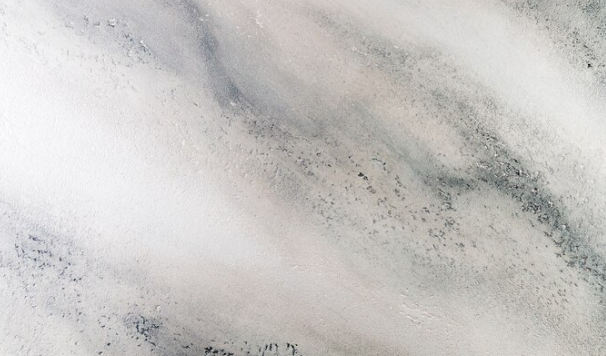Kitchen worktops are fundamental to the successful operation of a kitchen. Day in and day out, these are subjected to the impact of hot pans, knives, heavy appliances, liquid spillage, food droppings, and more. Whether you choose quartz worktops, granite countertops, porcelain, or marble worktops, making a well-informed purchase decision is necessary. Overall, one expects the worktop material to be attractive, durable, stain-proof, scratch-resistant, easy to maintain, and cost-efficient.
These needs vary as per the kitchen design, lighting, interiors, scale of operations, and other subjective priorities. Homeowners should carefully comprehend, enlist their requirements, and make sure they understand the composition, benefits, and limitations of various kitchen worktop materials.
- Quartz Worktops – Quartz is a man made material composed of 90 to 95% pulverised quartz with 5 to 10% synthetic resins and metallic oxides. The vibro-compression method and high-heat exposure ensure that the resulting slabs are extremely dense and non-porous. Based on durability and strength, quartz can be categorised into unistone and silestone. Different metallic oxides can be added to quartz to attain a marble-like effect, such as the Silestone Calacatta, whose resemblance to Calacatta marble is so much so that only an expert can tell the difference between them.
- Granite Worktops – Granite is a natural stone formed by the crystallisation of sandstone via extremely gradual cooling of its molten form that is rich in silica, quartz, and feldspar. Granite is found across most continents/countries and spans robust colours and patterns. Being impressively hardwearing, heat-resistant, impervious to chemicals, UV-resistant, and so on, granite is a popular material used for kitchen worktops.
- Marble Worktops – The most elegant amongst natural stone worktops, marble is hailed for its quintessential charm. With the most premium marble variants found in Italy, Spain, and Brazil, marble is expensive as compared to other worktops. Being a soft and porous version of limestone formed by metamorphosis, it has to be sealed annually. While quartz and granite are popular low-maintenance worktop options, marble requires systematic care and maintenance.
- Quartzite Worktops – Often wrongly mistaken for quartz, quartzite is a natural stone formed when quartz-rich sandstone is crystallised. While granite is formed from silica-rich stone, quartzite has prominent quartz crystals. The hardness and durability of quartzite worktops are at par with that of granite. Its appearance is more marble-like. White quartzite (like Silestone Calacatta worktops mentioned above) looks strikingly similar to Italian Calacatta marble.
- Ceramic Worktops – Amongst the different engineered worktops popular across the UK, ceramic or porcelain worktops deserve noteworthy mention. Manufactured using high-quality kaolin clay with silica, feldspar, and metal oxides as required, the tiles/slabs are kilned at 1200 degrees centigrade and above to remove all moisture content. This ensures that ceramic worktops are highly resistant and impervious.
- Acrylic Worktops – For homeowners who want a suave, fuss-free, and customised kitchen worktop within a modest budget, acrylic is a decent option. Composed of food-grade resins and minerals, the characteristic matte surface of acrylic worktops ensures that any scratches or stains are the least prominent. The seamless and understated appearance is ideal for minimalistic kitchens. Since the heat resistance of acrylic is lower as compared to natural stone countertops, mats, and runners should be mandatorily used.
Conclusion
Natural stone worktops like marble, granite, and quartzite are renowned for their awe-inspiring beauty and evergreen charisma. Since the veining and patterns are created by tectonic forces, each slab of marble, granite, and quartzite is one-of-a-kind. In contrast, manufactured worktops like quartz, ceramic, and acrylic are highly customised in a sizeable range of colours and designs. These are engineered to rank high on functionality and durability but have their set of limitations as described above. Your ultimate choice of kitchen worktop material should weigh in all these factors vis-à-vis your expectations and priorities.



